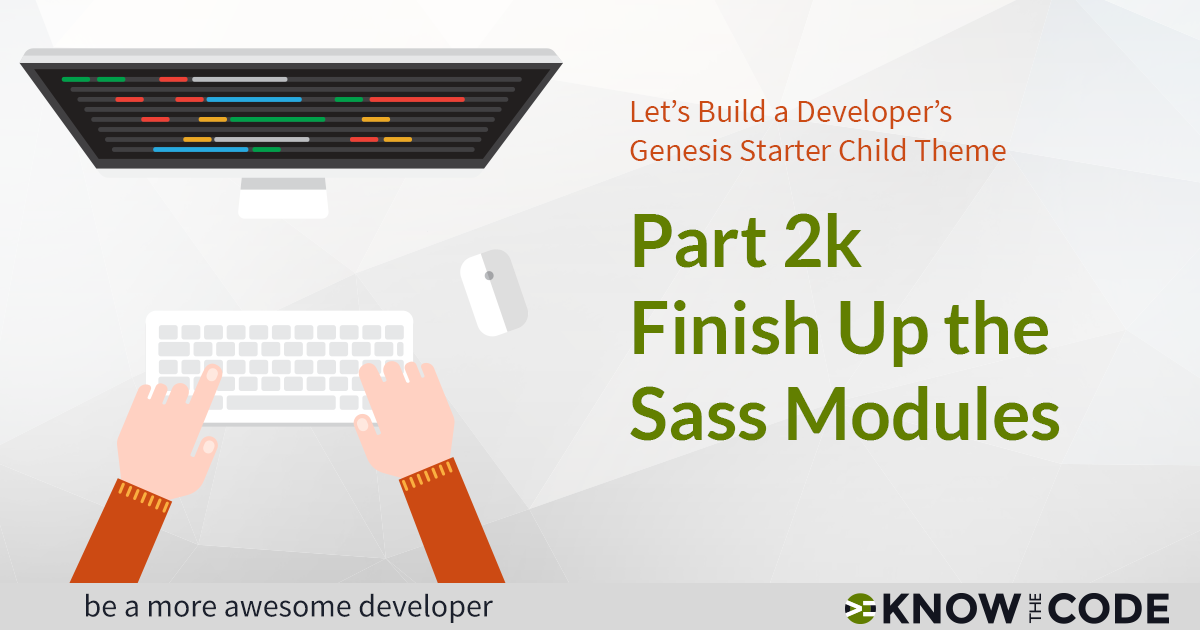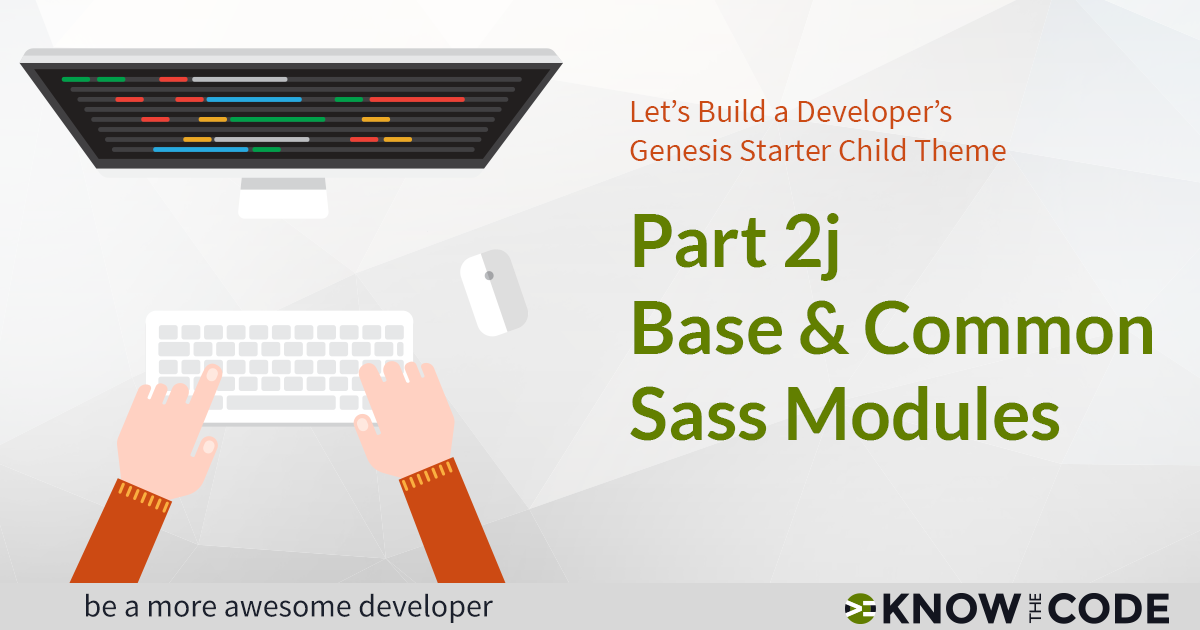There are various strategies available to you for handling the media query breakpoints including these options, which all do the same thing: The advantage to setting a new breakpoint in the _breakpoints.scss file is you make all changes to your breakpoints in one place. Now that we’ve integrated media queries into the styles at the component level, this technique means you are not searching through all of the partials to find where to change what you need. Therefore, using the Neat function new-breakpoint() allows you to be more efficient which will save you time in working with your new codebase. […]


